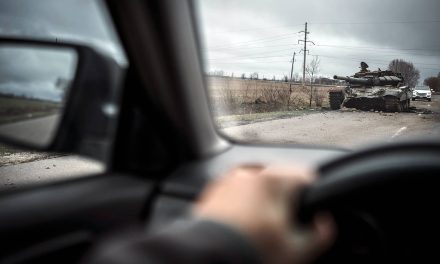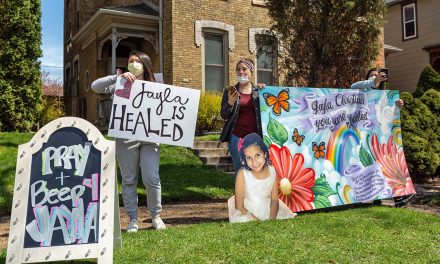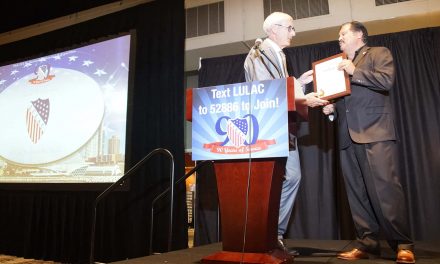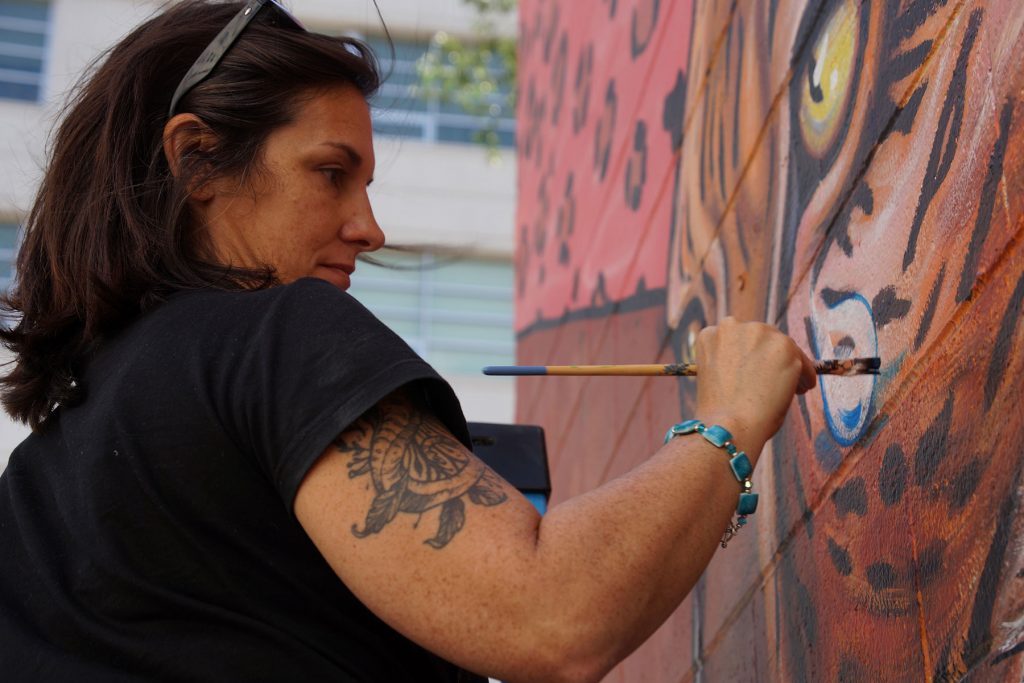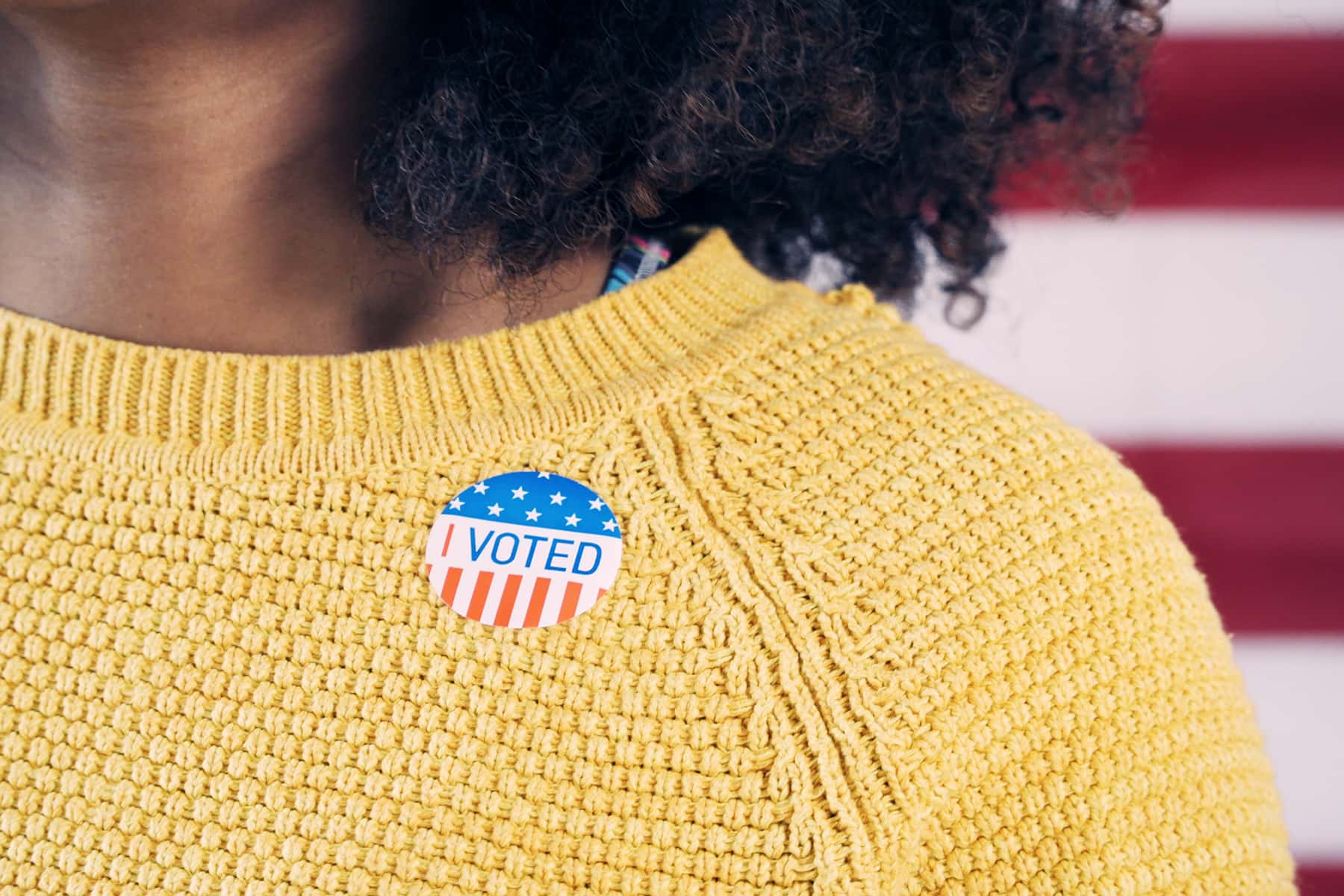
“When maps do not represent the people, all Americans lose out because democracy loses out. But, as in so many other areas, it is Black voters who bear the most severe consequences of gerrymandering. In some cases, it is literally a matter of life and death.” – Julie Kirschenbaum, The Brennan Center for Justice
Every four years before presidential elections political parties and their supporters summon the courage to reach out to the Black community that they similarly ignore after said elections. We become giants in the narrative of getting out the vote but are summarily dismissed after we cast our votes. It is like a game that plays out in similar fashion time and time again.
Once again I am hearing how important it is for Black people to vote in Wisconsin and around the country. We have been told every four years for the past twenty years that this election is the most important in our lifetimes. It reminds me of the story of the boy who cried wolf. Eventually no one listens any more.
After the 2012 election those who follow electoral politics saw something that had never happened before in the entire history of the nation. The Black voter turnout rate exceeded the White voter turnout rate. The re-election of President Barack Obama marked a milestone and lead to an immediate backlash against Black electoral power. State after state passed new voter ID laws which always impact the strength of the Black vote. Those who write these laws of course deny that any nefarious attempt to disenfranchise or suppress the Black vote is the rationale behind the laws.
As I’ve said many times before, ascertaining the intent is often impossible but looking at the impact is as plain as day. Across the country in 2016, four years after Black voters made history we saw the largest ever drop in Black voter turnout in U.S. history. Many wrote about how this negatively impacted the presidential aspirations of Democratic candidate Hillary Clinton.
On the outside it appeared clear to many that the loss of so many Black votes caused Clinton to lose the election in battle ground states Michigan and Wisconsin. The die was cast. The narrative was set. “Black people not voting was the reason for Donald Trump’s victory.”
The Democratic party has not only embraced this narrative, they have doubled down on it for this political season. I cannot count the number of times people have told me how important it is that Black voters not drop the ball again and allow Trump to win Wisconsin again. Extreme pressure has been placed on us to save Wisconsin from Donald Trump according to the narrative that won’t die.
It infuriates me to no end. Blacks represent only 6.3 percent of Wisconsin residents, yet we seem to have this magical power to control the outcome of national presidential elections. According to a 2016 Sentencing Project study, across the nation some 2,228,118 Blacks were disenfranchised by felon disenfranchisement laws. In Wisconsin that number was 22,447 in 2016. Despite representing only just over 6 percent of state residents, Blacks represented over 34 percent of all those disenfranchised by the state’s felon disenfranchisement law.
Just after Jacob Blake was shot in the back seven times by a White police officer in Kenosha, governor Tony Evers called on the legislature to take action on police reform. He called into session state lawmakers to do something with previously submitted bills on police reform which had been offered by Lt. Governor Mandela Barnes as well as the state’s Legislative Black Caucus. These bills had been submitted months in advance of the shooting of Blake.
As reported by the Brennan Center for Justice it was a waste of time.
“Forced into session by executive order, both chambers immediately recessed on Monday. In the Assembly, only two Republican lawmakers were in attendance — and only so that they could go through the procedural motions needed to go into recess. In the Senate, no Republicans showed up, requiring the chief clerk to open the session. It’s a familiar maneuver: when Evers last called a special session, to postpone the April primary election amid growing public health concerns, the legislature derisively gaveled in and out in just 17 seconds.”
Once again the power of Black elected officials was exposed for what it is in this state. Black elected leaders on the state level continue to struggle to get legislation passed that is directed at improving the conditions of their constituents. Black votes matter, but Black political power in Wisconsin is a myth.
We live within a rigged system. Gerrymandered maps drawn using precise algorithms have created a nearly guaranteed unearned power base for the GOP in the state government. The way it played out in the 2018 election in the state is clear evidence of the power of electoral gerrymandering to suppress the votes of Blacks in the state.
In a scathing September report by Julie Kirschenbaum of The Brennan Center for Justice, Gerrymandering and Racial Justice in Wisconsin, the racial dynamics of Wisconsin politics in the 2018 season is laid bare.
“Despite winning every statewide office and a majority of the statewide vote that year, Democrats managed to win only 36 of the 99 seats in the Assembly. Republicans won the remaining 63 seats with a minority of the statewide vote, losing only a single seat that they had previously held. Around Milwaukee County, where nearly 70 percent of the state’s Black population lives, map drawers disregarded the Wisconsin Constitution’s requirement that legislative districts be drawn to respect county lines wherever possible, cracking a bloc of Milwaukee County voters across a ring of eight Assembly districts that stretch far into the predominantly white, conservative suburbs of neighboring counties. Republicans carried seven of these eight districts in 2018.”
In the 2016 presidential election Hillary Clinton own just twelve of the seventy-two counties in the state. In Milwaukee where a large majority of Blacks live, she won 288,822 votes versus just 126,069 for Donald Trump. In Milwaukee County Blacks represent about 26 percent of all residents. Clinton won 65.5 percent of votes cast in Milwaukee County. The only counties where she won a higher percentage of votes were Dane County (70.4%) and Menomonee County (76.6%). I looked at the results within Milwaukee where Black residents were a majority of residents within a ward.
In the 128 wards in Milwaukee where Blacks are the majority of residents, Clinton won an average of 91.3 percent of votes in 2016. In all but seven of those wards, she won over 80 percent of votes. Five of the seven wards where she won less than 80 percent were in Aldermanic district 9 where Blacks are only 53.6% of the residents. Looking at the votes won in those wards shows (Ward 6 – 75.2%, Ward 7 – 67.1%, Ward 13 – 79.4%, Ward 15 -66.4%, Ward 17 – 75.9%) the impact.
In all the wards where votes were cast in 2016, only 15 had more votes cast in 2016 than in 2012 (4.6% of wards). So overall over 95 percent of wards in Milwaukee saw a drop in votes between 2012 and 2016. The largest percentage drops were in the predominantly Black wards. The drop-off exceeded 30 percent in many of these wards. Ward 111 led the way with a 41.8% drop in votes cast. However it is instructive to look at that ward and many others from 2008 through 2016.
In 2008 in Ward 111, 609 votes were cast, in 2012 934 votes were cast and just 544 in 2016. In Ward 145 in 2008, 902 votes were cast, 395 in 2012 and just 251 in 2016. Overall this ward had the second largest drop from 2012 to 2016 (36.5%). In the 45 wards where the drop-off exceeded 25 percent, 28 of them saw a lower number of votes cast in 2012 than in 2008 which exposes a pattern. In 62 percent of wards in this category, less people voted in 2012 than in 2008. In 61 of the 128 primarily Black wards votes increased from 2008-2012 and then dropped from 2012-2016. In these majority Black wards the average drop was 22.6 percent, with one dropping more than 40 percent, 27 dropping between 30 and 39.9 percent, 55 dropping between 20 and 29.9 percent, 40 dropping between 10 and 19.9 percent and five dropped up to 9.9 percent and one had the same number of votes in 2012 and 2016.
In those majority Black wards, 121,371 votes were cast in 2008, 117,981 in 2012 and 92,519 in 2008. From 2008 to 2012, 3,390 less votes were cast but 25,462 less votes were cast from 2012 to 2016.
What changed in electoral policies from 2012 to 2016 in Wisconsin? A controversial voter ID law had been passed in the state but was challenged in court. In 2011 the state passed Wisconsin Act 23 requiring voters to have an ID to vote. Due to court challenges it did not impact the 2012 election. Finally on Monday, March 23, 2015, the United States Supreme Court issued an order declining to hear an appeal of Wisconsin’s voter ID law.
The impact was substantial despite what Republican lawmakers claimed. In the city of Milwaukee it was especially impactful. Milwaukee Elections Commission Director, Neil Albrecht, told CBS News that the city had almost 41,000 fewer people vote in 2016 compared to 2012.
“We saw some of the greatest declines were in the districts we projected would have the most trouble with voter ID requirements … Those numbers, those percentages really demonstrate the disproportionate effect of some of the requirements and the decline in voter participation.”
When the law was passed Republican State Sen. Mary Lazich claimed “Not a single voter in this state will be disenfranchised by the ID law.” She was wrong. One estimate showed that up to 300,000 eligible voters in the state lacked valid photo IDs heading into the election. No one knows for sure how many of them did not vote. One issue was getting to the place to get ID cards. “The Brennan Center estimated that in the 10 states with voter ID laws in 2012, more than 10 million eligible voters lived more than 10 miles from a state ID-issuing office that is open more than two days a week” according to CBS News reports.
Despite claims by Republicans such as former Governor Scott Walker, voter fraud was a fallacy. That was the justification for passage of the law but just after the 2016 election where over 3 million people voted just 86 reports of voter fraud were being investigated by the Wisconsin Election Commission. Of those, 70 were formerly incarcerated persons who voted before they were released from supervised release meaning they could not legally vote. The rules are not always clearly understood by those in that situation who sometimes believe that once they are released from prison that they can vote again.
Democrat Russ Feingold called the voter ID laws “scams” from Republicans who know “the Democratic Party has the numbers to decisively win every presidential election and a majority of Senate seats.” He said in a statement to the Associated Press that “The sole purpose of these laws, including those passed in Wisconsin, is to keep eligible voters from voting, specifically minority and low-income voters who tend to vote Democrat.”
The Brennan Center for Justice reported that “Alabama, Kansas, Mississippi, New Hampshire, Pennsylvania, Rhode Island, South Carolina, Tennessee, Texas, Virginia, and Wisconsin all passed new voter ID laws in their 2011, 2012, or 2013 legislative sessions.” Voter ID laws go back to the 1950s when South Carolina became the first state to request that voters show some kind of identification document at the polls. The National Conference of State Legislators reports that “In 1970, Hawaii joined South Carolina with a voter ID requirement. Texas (1971), Florida (1977), and Alaska (1980) rounded out the first five…By 2000, 14 states did so…In 2011, 2012 and 2013, the pace of adoption accelerated. States without ID requirements continued to adopt them, and states that had less-strict requirements adopted stricter ones.”
As a result of these laws and a simple lack of enthusiasm for either candidate in 2016 we saw sweeping changes in the number of voters. After peaking in 2016 Black voter turnout dropped by a record number seven points in 2016. The Black voter turnout in 2008 was 65.2% while White voter turnout was 66.1%. In 2012 it exceed the White voter turnout 66.6% to 64.1%. In 2016 Black voter turnout was 59.6 % compared to 65.3% for Whites.
When candidates speak directly to the issues of concern to Blacks we come out and vote in significant numbers. Conversely when they don’t, our voter turnout decreases. For far too long the Democratic Party has taken the Black vote for granted. This is not easy for them to admit, but when you talk to people in the Black community, particularly younger people, many see that as a fact.
When Blacks in Wisconsin were blamed for Clinton’s loss in 2012 no one mentioned that many rural counties, 23 in all that had been won by Obama in both 2008 and 2012 flipped to Trump in 2016. These are known as pivot counties and no one addresses the fact that these counties are majority White counties.
No one yelled at Whites who voted in lower numbers in 2016. No one asked what happened in those pivot counties. No one from the Democratic Party has emphasized the importance of getting Whites out to vote for their party in those counties because once again people want to set up Black people as a scapegoat if Donald Trump wins Wisconsin again.
My advise is that if you want to blame the Black community for ay candidate losing in the presidential election do the math first. Black eligible voters nationwide are just 12 percent of eligible voters. Only four states (South Dakota, Utah, Vermont, and North Dakota) had a lower Black voter registration for the 2016 election than Wisconsin. This state is tied with five others (Colorado, Delaware, Minnesota, Missouri and Nevada) with the highest percentage of Black state representatives per Black population. Despite this, it is nearly impossible for them to make inroads in Madison.
Black voters recognize this. We know that our votes matter but once the election is over we become an afterthought. Until this changes, stop holding us hostage by pressuring us to vote. Give us someone to vote for that we can get excited about. Convince us that our votes matter above and beyond winning elections. We need to feel power after elections the way Whites do.
We will not be the scapegoat again despite the narrative that is continuing to spread that if Blacks don’t get out to vote, Trump may win again. Say the same to White voters. The Republican Party is supported by Whites at a much higher rate than the Democratic Party. That tells me that if the Democrats do more to connect to White voters they would not need to beg Blacks on hands and knees to help them win elections. Until the Democratic Party puts together an agenda to mitigate the huge disparities Blacks suffer due to systemic racism, don’t expect us to carry your party to victory.


